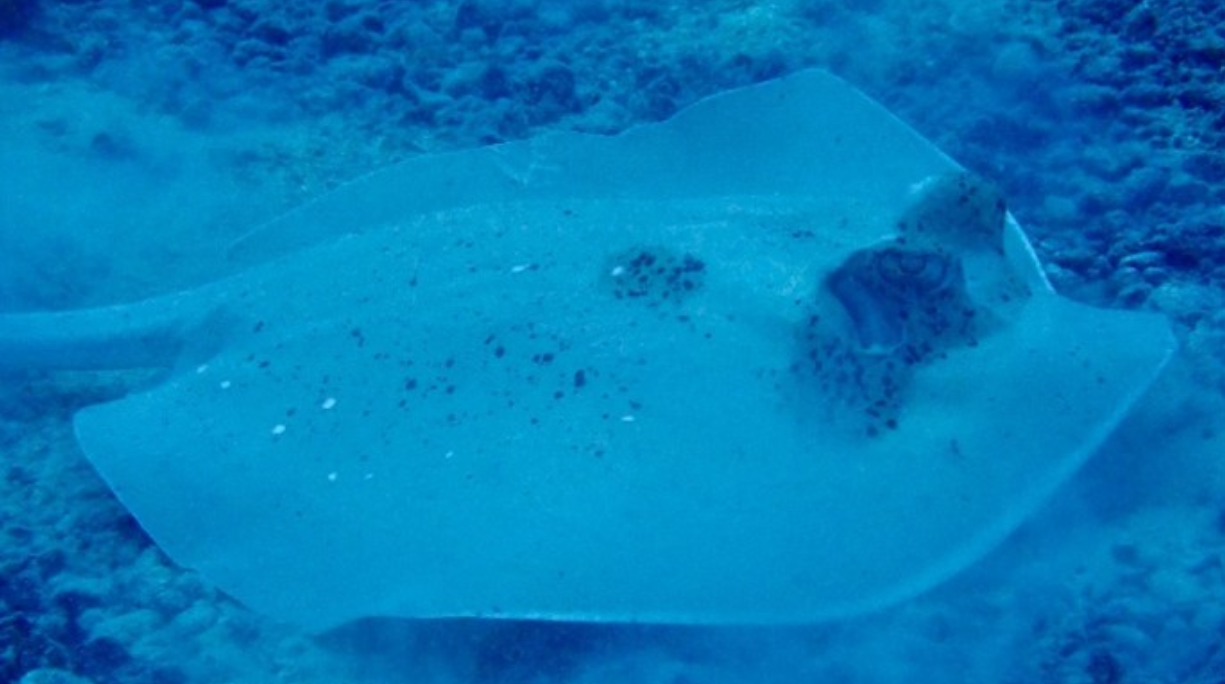Researchers at the University of the South Pacific (USP), through the Pacific-European Union Marine Partnership (PEUMP) programme, have identified a new ray species, the Fiji maskray (Neotrygon romeoi), found exclusively in Fijian waters.
The research was led by Dr. Kerstin Glaus and published in the Journal of Fish Biology on June 9, 2025.
The Fiji maskray, part of the blue-spotted maskray complex, has long been mistaken for related species.
The University of the South Pacific said Dr. Glaus’s team confirmed its distinct identity through meticulous morphological measurements, including tail length and fin size, vertebral counts, and DNA barcoding—a technique that uses a small DNA fragment to differentiate species, much like a product barcode.
“It stands out with its broad, angular snout, long claspers in adult males, and a row of thorn-like spines from neck to tail,” Dr. Glaus said.
“The ray’s brownish back features a dark mask-like marking across the eyes, two large blotches behind the spiracles, and scattered black pepper-like spots, with occasional pale blue to whitish spots.”
Beyond its scientific significance, the Fiji maskray is a staple in Fiji’s small-scale fisheries, frequently traded in local markets.
Dr. Glaus emphasised the need for conservation.
“Properly identifying and naming the species is a critical step toward managing its population and ensuring sustainable use.”
“Given its limited range, high catch rates, and unknown life history, the team recommends its inclusion in Fiji’s Endangered and Protected Species Act to regulate trade and protect this endemic species, as rays are among the most threatened marine organisms.”
Lavenie Tawake, USP PEUMP project Team Leader said this discovery highlights Fiji’s unique natural heritage and the urgent need to protect our marine species.



